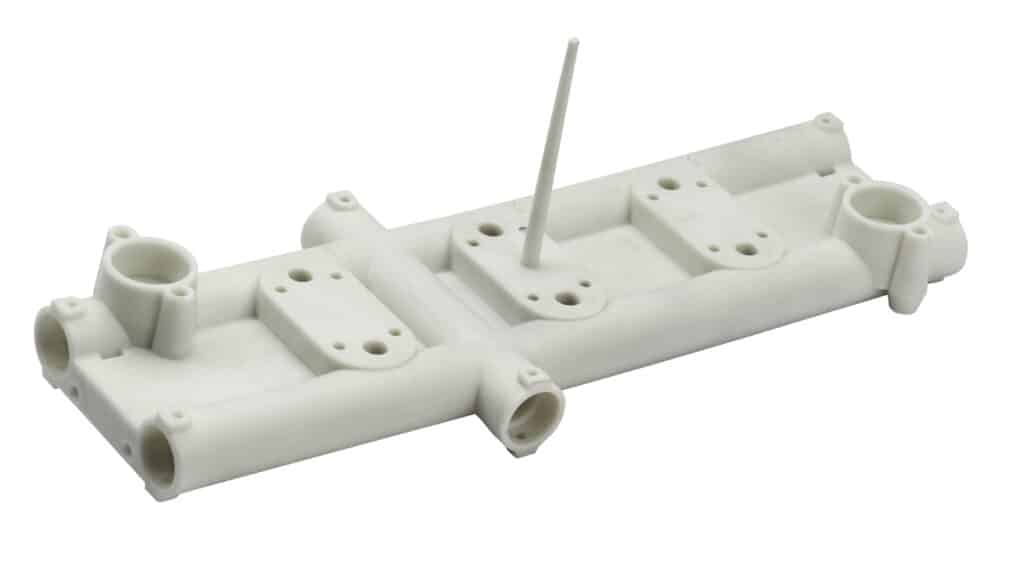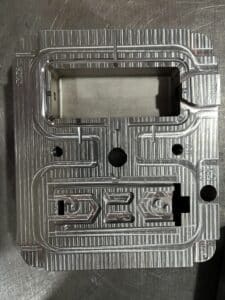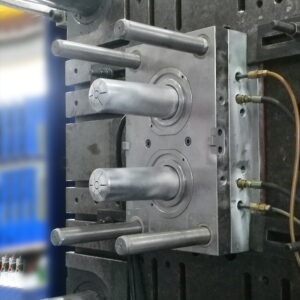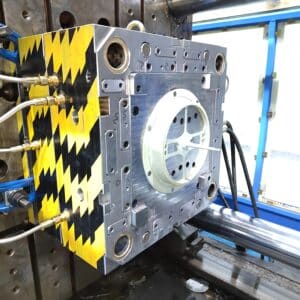How To Solve The Sidewall Dents Of Injection Molded Parts
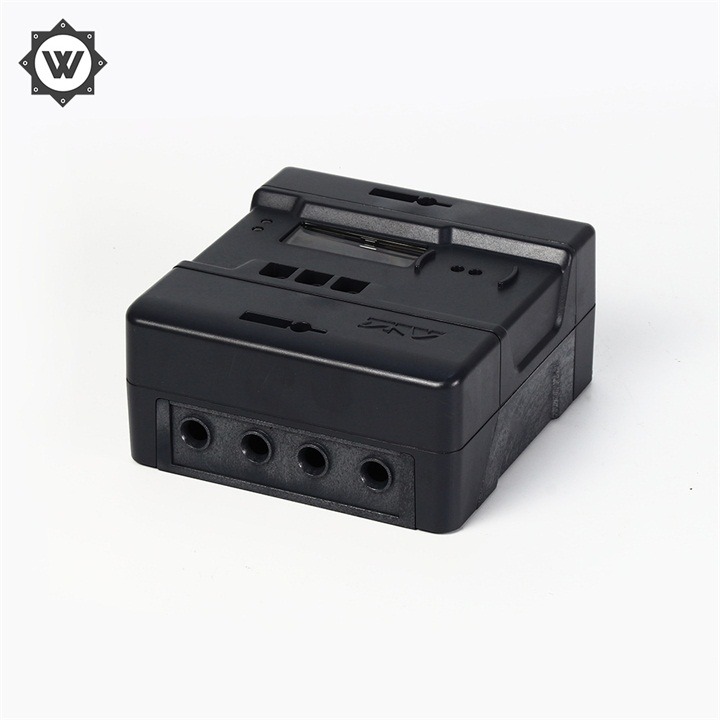
electric injection parts
“Dent” is caused by the local internal shrinkage after the gate is closed or due to the lack of material injection. Dents or micro-dents on the surface of injection molded products are an old problem in the injection molding process.
Dents are generally caused by a local increase in shrinkage due to an increase in the wall thickness of the plastic product, and may occur near sharp external corners or at abrupt changes in wall thickness, such as behind bumps, reinforcements or supports, or sometimes at uncommon locations. The root cause of dents is the thermal expansion and contraction of the material, as thermoplastics have a fairly high coefficient of thermal expansion.
The degree of expansion and contraction depends on many factors, of which the properties of the plastic, the maximum and minimum temperature range and the holding pressure of the mold cavity are the most important ones. The size and shape of the molded part, as well as the cooling rate and uniformity, are also influential factors.
The expansion and shrinkage of plastic materials during the molding process is related to the coefficient of thermal expansion of the processed plastic, which is called “molding shrinkage”. As the molded part cools and shrinks, the molded part loses close contact with the cooling surface of the mold cavity, at which point the cooling efficiency decreases.
The sharp corners on the molded part are cooled fastest and hardened earlier than other parts. The thick part near the center of the molded part is farthest from the cooling surface of the cavity and becomes the last part of the molded part to release heat. After the material at the corners is cured, the molded part continues to shrink as the melt near the center of the part cools, and the plane between the sharp corners can only get one-sided cooling, and its strength is not as high as the strength of the material at the sharp corners.
The cooling shrinkage of the plastic material at the center of the part will be partially cooled with the cooling degree of the relatively weak surface between the sharp corners pulled inward. As a result, a dent is created on the surface of the injection molded part.
The presence of a dent indicates that the shrinkage of the molded part here is higher than the shrinkage of its peripheral parts. If the shrinkage of the molded part is higher in one place than in another, then the molded part produces warpage for a reason. Residual stresses in the mold can reduce the impact strength and temperature resistance of the molded part.
In some cases, dents can be avoided by adjusting the process conditions. For example, additional plastic material is injected into the mold cavity during the holding process of the molded part to compensate for molding shrinkage. In most cases, the gate is much thinner than the rest of the part, and while the molded part is still hot and continues to shrink, the small gate has already cured, and once cured, the holding pressure does not work for the molded part in the cavity.
Semi-crystalline plastic materials have a high shrinkage of the molded part, which makes the dent problem more serious; non-crystalline materials have a lower shrinkage of the molded part, which will minimize the dent; filled and maintenance-reinforced materials have a lower shrinkage and are less likely to produce dents.


